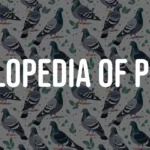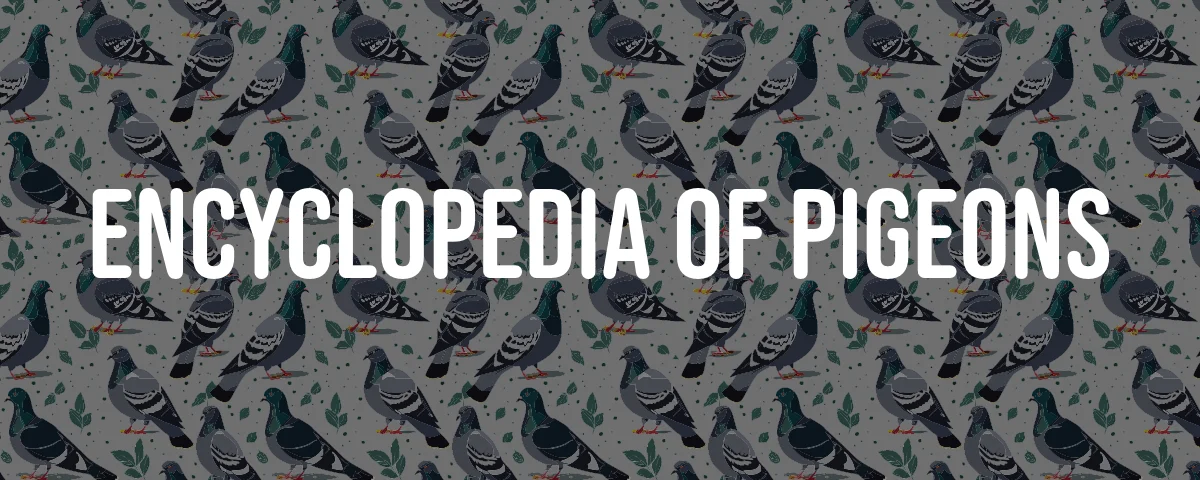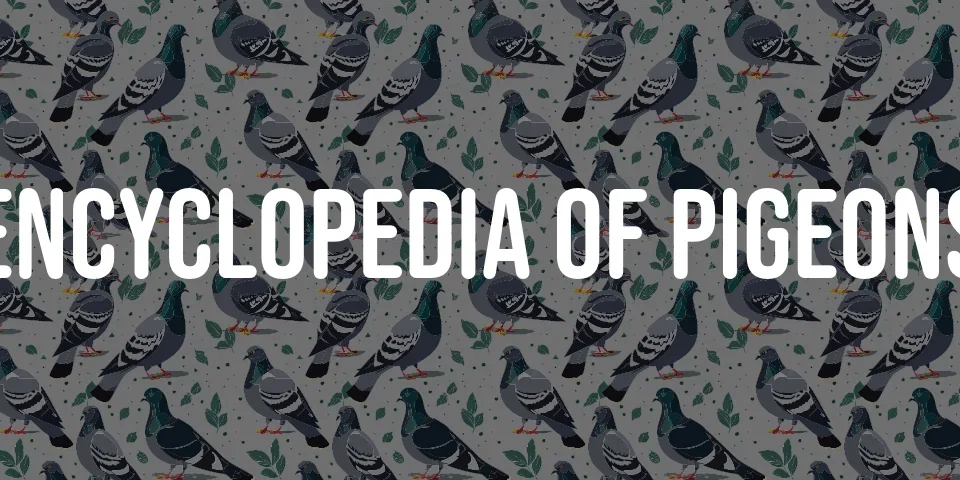What is Scandaroon?
Picture this: you stumble across the word “Scandaroon” in some dusty old book, and you pause. The name lingers with a certain gravity—like a half-remembered tune or a city in a far-off land. Well, it turns out Scandaroon is precisely that and more.
First off, Scandaroon is the old English way of saying İskenderun, a port city pressed against the Mediterranean in Turkey—a place where caravans once offloaded spices, silks, and stories. But the word does some shapeshifting. If you wander into the world of pigeon fanciers, “Scandaroon” takes flight as a breed: statuesque, beak like a Roman nose, eyes ringed with crimson. Not done yet, the term even deals a hand in the world of card games, lending its name to a strategic pastime.
So here we have it: Scandaroon, a passport stamp for your mind, drifting between geography, bird lore, and idle games on rainy afternoons.
Etymology and Origin
Scandaroon—say it out loud, let it roll off your tongue. Its roots sink deep into Ottoman Turkish, echoing İskenderun, that ancient gateway city. Centuries ago, names weren’t just labels; they were bridges. In this case, the name didn’t just cling to the city’s stones. It hitched a ride on wings, becoming the moniker for a rather grand pigeon breed.
Fascinating, right? One day you’re a city’s name echoing from the minarets, the next you’re being whispered by pigeon breeders across Europe. It’s a classic case of how language takes shortcuts, winding through alleyways and landing in unexpected places.
Historical Significance of Scandaroon
Let’s take a detour through time—İskenderun, or Scandaroon if you’re feeling poetic, wasn’t just a dot on a map. It was a pulsing artery of trade, where merchants from East and West exchanged not only goods but ideas. And here’s the twist: the city’s name fluttered into ornithology, attaching itself to a pigeon breed that would become a living artifact of cultural exchange.
That’s the beauty of Scandaroon. It’s not just history in the dry, academic sense—it’s a living, breathing reminder that borders are porous, and names can travel further than caravans ever could. Next time you see a pigeon, maybe squint a bit—perhaps it’s hiding a whole city in its name.
Scandaroon Pigeon: An Ancient Breed
Imagine a bird that looks like it waltzed out of an old Persian miniature—long, regal neck, beak arched like a falcon’s, eyes rimmed in red as if perpetually startled by its own grandeur. That’s the Scandaroon pigeon for you, a breed that’s been strutting and cooing across history since the days when İskenderun’s docks rang with the shouts of traders.
What sets them apart? Well, start with that jaw-dropping beak—long and curved, as if it could pluck secrets from your pocket. Their eye ceres look almost jewel-like. As the breed migrated to Europe, especially Germany and England, breeders polished its features like Renaissance sculptors obsessed with symmetry and style.
Once used for practical tasks, now mostly admired for their beauty, Scandaroons are a kind of living time capsule—proof that, sometimes, human fascination can make a bird into a legend.
Origin and History
Some say Scandaroon pigeons hatched their legend in the shadowy courtyards of Baghdad, where aviculture was already a kind of high art. They’re not Johnny-come-latelies, these birds—they’re aristocrats of the pigeon world, with a pedigree tying them to the earliest days of domestication.
As they made their way westward, breeders in Europe couldn’t resist tinkering. The pigeon became a canvas for selective breeding, its Middle Eastern roots now fused with European flair. What you see today is a hybrid—a bird that carries Baghdad in one wing, Berlin in the other.
Physical Characteristics
If you lined up every pigeon in the world, the Scandaroon would be the one you’d remember. Long neck, elongated body, and a beak that looks like it could open a bottle of vintage Bordeaux. Their feet? Comically large—almost as if nature had a sense of humor.
And the colors—oh, the colors! You’ll spot them in crisp white, midnight black, sky blue, deep red, even butter yellow. No need for Photoshop; their feathers already run the spectrum.
Behavior and Temperament
Beneath all that regality, Scandaroon pigeons are surprisingly chill. No divas here. They get along with their feathered roommates and aren’t above sharing a meal or two. Smart as a tack, too—some breeders swear they can tell when you’re having a bad day. And as parents? Doting, attentive, probably reading bedtime stories in pigeonese.
Color Variations
You want variety? Scandaroon pigeons deliver. From snowy white to glossy black, robin’s egg blue, rich red, sunny yellow—and then there are the pied ones, as if someone spilled a painter’s palette on their feathers.
- crisp white,
- midnight black,
- sky blue,
- deep red,
- butter yellow,
- various pied combinations.
Every breeder has a favorite, and the debate over which color is the “truest” Scandaroon could start a small civil war at a pigeon show.
Distinct Features of Scandaroon Pigeons
There’s no mistaking a Scandaroon in a flock. The beak alone is enough to give you pause—thick at the base, elegantly curving like an Ottoman dagger. And those eye ceres! Vivid, red, almost theatrical, they turn the bird’s face into a mask worthy of a Venetian carnival.
Combined with their elongated bodies and stately necks, these birds don’t just walk—they glide, as if they know all eyes are on them. Which, let’s face it, they usually are.
Beak and Eye Cere
You might say the Scandaroon’s beak is its calling card: bold, downward-arched, and unmistakably robust. The eye cere—think crimson halos, outlined as if someone took a paintbrush to their face. In the world of pigeons, where subtlety often reigns, the Scandaroon is all about drama.
Body Structure
Solid, poised, almost sculptural—Scandaroon pigeons are built like miniature athletes who moonlight as runway models. Their posture makes them look taller than they are, and that presence? Let’s just say they know how to work a crowd at any bird show.
Scandaroon’s Role in Early Pigeon Breeds
History has a funny way of hiding in plain sight. Before the telegraph crackled and the internet hummed, pigeons like the Scandaroon were the original text message. During Alexander the Great’s campaigns, these birds served as the WiFi of the ancient world, carrying vital news across empires. Imagine a general, pacing, waiting for that flutter of wings.
As humans realized the value of these feathered couriers, selective breeding took off. Out came new breeds, each with a purpose—some for distance, some for looks. The Scandaroon sits at the crossroads: half athlete, half art.
Their influence didn’t stop at function. The breed set standards, influenced traits, and became the genetic backbone for all sorts of pigeon experiments. If you’ve ever marveled at the variety in a pigeon loft, remember—the Scandaroon was probably there first, setting trends.
Historical Context and Usage
In a world before smartphones, the Scandaroon pigeon was a lifeline. Reliable, relentless, and almost eerily accurate in navigation, they ferried messages through war zones and across empires. Alexander the Great may have had his phalanx, but he also had his pigeons—Scandaroon among them.
Breeding for performance became a science: endurance, navigation, and other superpowers were carefully sculpted into the breed. Their legacy? A blueprint for aviculture, written in feather and bone.
Darwin’s Observations
Charles Darwin—yes, that Darwin—spent hours, probably with a magnifying glass and more patience than most of us could muster, peering at Scandaroon pigeons. Those curved beaks and oversized feet didn’t just amuse him; they helped him grasp how humans, through careful selection, could sculpt living things as surely as nature could.
In a way, the Scandaroon helped nudge the theory of evolution along, one coo at a time.
Scandaroon Pigeons in Breeding and Exhibitions
Breeding Scandaroon pigeons is not unlike composing a symphony: you’re always chasing the perfect chord—beak, eye cere, body, all in harmony. Breeders obsess over these features, making sure every generation inches closer to the ideal.
When exhibition season rolls around, these birds step into the spotlight. Under the watchful eyes of National Pigeon Association judges, every feather is scrutinized. Body? Check. Feather texture? Check. The all-important curved beak? Double check.
The standards are strict, but the thrill—watching your carefully bred pigeon take top prize—is unmatched. It’s a peculiar mix of tradition, competition, and, let’s be honest, a bit of vanity.
Selective and Genetic Breeding
Pairing Scandaroon pigeons is a bit like matchmaking: you want the best features to shine through, but you also have to keep the family tree from looping back on itself.
- breeders pore over lineage charts,
- keep notes like 19th-century botanists,
- sometimes trust their gut instincts.
The goal? Healthy birds with all the charisma of their ancestors. Modern genetics meets old-school intuition. The result: a breed as robust as it is beautiful, still turning heads after centuries in the limelight.
NPA Standard and Exhibition Homer
The National Pigeon Association doesn’t mess around when it comes to Scandaroon standards. Judges want symmetry, that signature beak, the perfect eye cere. Exhibition Homers—yes, that’s what they’re called—are measured against a checklist that could make a beauty queen sweat.
Yet, in the midst of all that formality, there’s a celebration of the breed’s eccentricity. The curved beak, the dramatic profile—these aren’t flaws. They’re the whole point.
Scandaroon in Modern Times
You’d think a breed with this much history would fade into sepia-toned obscurity, but Scandaroon pigeons are living proof that old doesn’t mean obsolete. No longer pressed into service as message carriers, they now rule the show cages, admired for their style and charm.
Breeders from Berlin to Boston, Istanbul to Jakarta, keep the torch burning. They swap stories and birds, always chasing that elusive ideal. Scandaroon pigeons have transcended their utilitarian roots; now, they’re icons—living heirlooms passed down through generations.
And in this era of instant everything, there’s something quietly rebellious about spending years perfecting a breed for the sheer love of it.
Current Breeding Practices
Today’s Scandaroon breeders are part scientist, part artist. They fuss over beaks, eye ceres, and body lines, but they also know when to let nature surprise them. Healthy birds come first, but there’s always an eye on that extra sparkle—a bird that stands out, even in a sea of showstoppers.
Popularity and Distribution
It’s a small world for Scandaroons—tight-knit, passionate, a little quirky. The breed has its devotees in Europe, North America, Asia—wherever people still marvel at beauty for its own sake.
- Europe,
- North America,
- Asia,
- and select enthusiasts worldwide.
These pigeons aren’t just pets or showpieces. For many, they’re a connection to history, a hobby that comes with feathers and a story or two. And who knows? Next time you’re in a city square and spot a particularly regal pigeon, maybe tip your hat. You might be looking at the descendant of a bird that once carried the secrets of empires. Or maybe just a bird with a really good sense of style.






